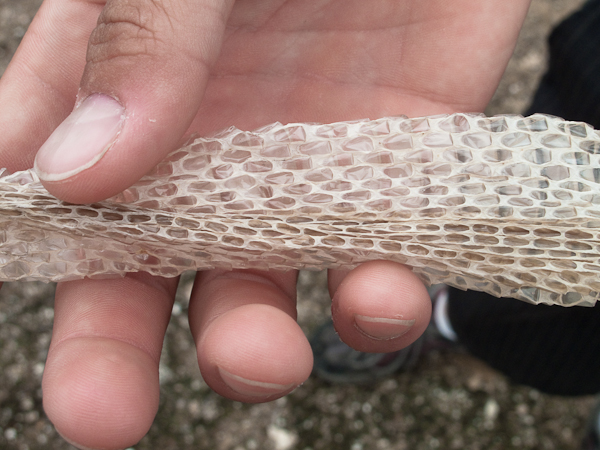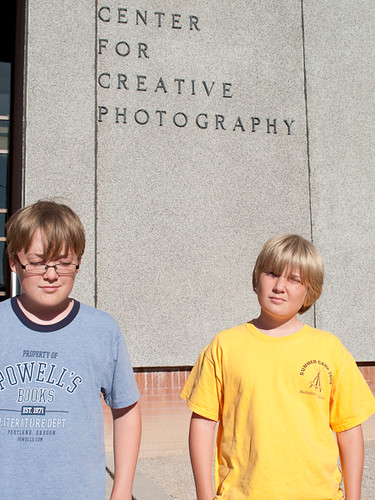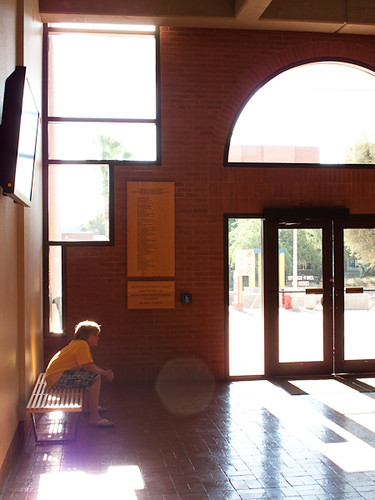The skin of it

It's the last week of August and I'm neck deep in the monitor, rewriting the syllabus, calculating dates, arranging guest speakers...and dreaming about Tucson and the Center for Creative Photography. Last week on vacation we stopped by to look at pictures in the flesh.

During class I'm going to talk a lot about the experience of photography, about paying attention, about getting your feet on the ground and breathing through the shutter release. In our internet lives we often forget about the materiality of what we do.
At the CCP there's a viewing room and a print study program that will wake you up and shake you from your doldrums. Far from the glow of yet another screen, Cass Fey, director of education, will get you face-to-face with the physical objects themselves. Of all the amazing resources at the CCP, looking at the pictures up close is the most luxurious, and it's open to anyone.
Last Monday we chuckled at Tress' Fish Tank Sonata and riddled the messages of Levinthal's Hitler Moves East. Cass and her assistant Tony had pulled a wide swath of work, from Southworth and Hawes daguerreotypes, Stieglitz gravures, Blossfeldt silver prints, and Ruth Thorne-Thomsen's mysterious pinhole prints. As well as too many others to list here.
As an example of what I mean by materiality, consider Judith Golden's self-portrait book Masks (1974-1982), a mixed-up blender of photographs, feathers, paper, thread and plastic. A flat-screen image of the object just cannot convey the experience of the work. As Tony flipped the pages, each turn accelerated our intuitive understanding of Golden's process and connection to her ideas. The artifact itself produced new pictures in-between the leaves, and the texture of the thread and feathers, the translucency of the plastic, and the color and shape of Judith's painted face coalesced to become so much more than the sum of each part. You can see some of these early collages here, but the three-dimensional object in the flesh created a fourth-dimensional unfolding of time and space. Extraordinary. Even my computer-game addicted teenagers caught their breath for a moment.
 Judith Golden, Summer Changeover, 1976, photo/mixed media
Judith Golden, Summer Changeover, 1976, photo/mixed mediaIn our digital age of distraction and peripheral attention disorder, I think it has to be said again and again: body and experience matter. The object is a logic of its own. We extend and unfold new knowledge with all our new tools, but we remain embodied, ancient structures with an internalized rationale that keeps surprising us. That is, the index is a construction.

From the CCP website:
The Center for Creative Photography holds more archives and individual works by 20th-century North American photographers than any other museum in the nation. These holdings include a research collection featuring the archives of over 50 photographers—Ansel Adams, Lola Alvarez Bravo, Richard Avedon, Louise Dahl-Wolfe, W. Eugene Smith, and Edward Weston among them. Archives include photographs, negatives, albums, work prints, manuscripts, audio-visual material, contact sheets, correspondence and memorabilia. CCP’s art collection totals more than 80,000 works by 2,000 photographers.
Comments